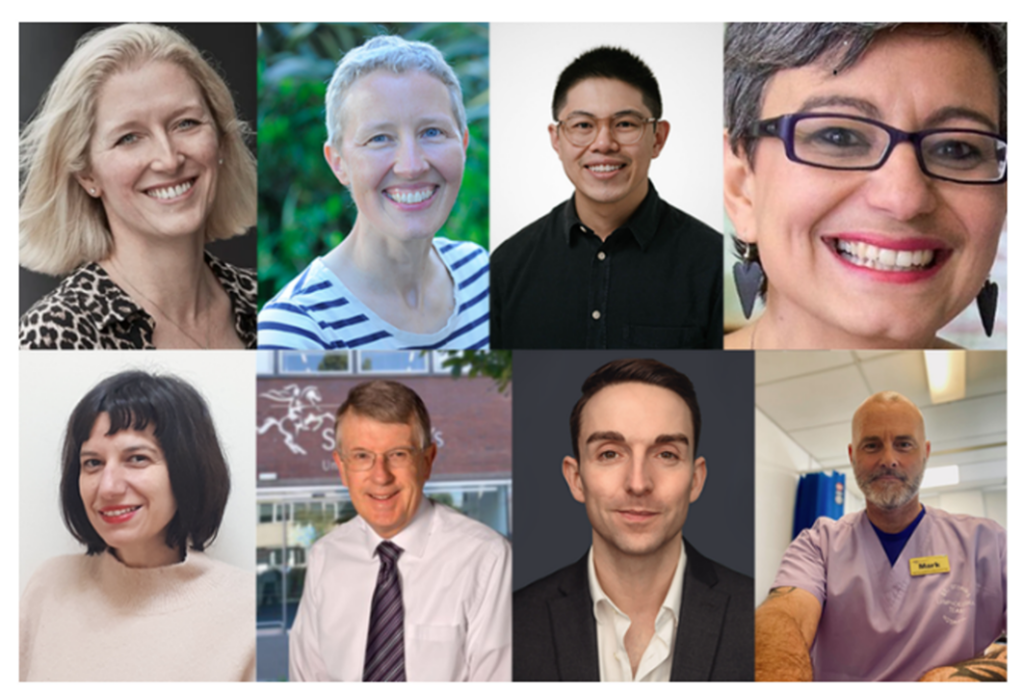Serious long-term research into rare and sometimes life-threatening conditions can be an expensive business. Research often involves sophisticated equipment, expensive materials and the cost of employing highly skilled individuals. It also involves risk – there is no certainty that research will produce results and there can be many wrong turns before something worthwhile is discovered. And yet it is so important to take us to the next level of understanding of complex conditions and bring about new solutions and a better way of life for individuals and families affected by a complex condition. It is easy to be put off by the costs and the complexities, especially for small charities with limited resources. But the Noonan Syndrome Association has seen for itself that there is a way to make progress.
Many research projects start with an initial piece of work that is limited in scope but lays down the foundations for future work. This was the case with the lymphatic research at St George’s Hospital (SGH). In 2014 the Noonan Syndrome Association sought bids from research institutions in the UK and Europe for a grant pot of £15k. The charity was also ready to offer the practical support of its families in carrying out the new research. Under the leadership of Professor Sahar Mansour, SGH put forward a proposal that was judged to be the best from a number received – there was a professional evaluation of how successful the work was likely to be but also the benefit that it was likely to bring to those with NS.
This small initial piece of work has led to much bigger things with SGH receiving much larger grants from the Medical Research Council (links to two funded MRC studies can be found here: https://gtr.ukri.org/person/6A0572D9-B8FC-416A-91E2-E2058DB23D2E) and the British Heart Foundation.
SGH is now the leading institution in the UK in both understanding and treating lymphatic problems both from NS and from other medical causes. The initial £15k from the Noonan Syndrome Association can be described as “pump priming” or “seed corn funding” – it was key to getting things started and key to establishing a basis for larger funding institutions to take a strong interest. You can see below an update from the SGH research team including links to their published research papers.
In 2025, the challenge for the Noonan Syndrome Association is to raise another £15k for new research or perhaps two lots of £15k. There is plenty of research still to do and more “pump priming” is needed to get more new research started. We need your support to help to build a new research fund. Please donate to help our work and contact us if you wish to specifically support our research work.
Thank you
Trustees of Noonan Syndrome Association
________________________________________________________________________________________________________________________________________________________________________
Sahar Mansour, Consultant in Clinical Genetics with a special interest in lymphovascular disorders at St George’s NHS Foundation Trust, London
Pia Ostergaard, Professor and lead of the Ostergaard Lab, City St George’s University of London
For many years, it has been known that some individuals with Noonan Syndrome, have problems with their lymphatic system. The lymphatic system is important for returning fluid to the heart and preventing infections. Failure of the lymphatic system may result in swelling (lymphoedema), recurrent infections of the skin (cellulitis) and occasionally accumulation of internal fluid (effusions). However, very little was understood about the underlying mechanisms.
In 2014, the Noonan syndrome Association awarded our group with a £15,000 grant to investigate this further. With this funding, we performed an audit of our patients with Noonan syndrome and lymphatic problems which was published in 2016 (Joyce S, Gordon K, Brice G, et al. The lymphatic phenotype in Noonan and Cardiofaciocutaneous syndrome. Eur J Hum Genet. 2016;24(5):690-696). The lymphatic phenotype in Noonan and Cardiofaciocutaneous syndrome – PMC
We also improved our imaging techniques and were finally able to look at the lymphatics using magnetic resonance imaging. This has also led to a description of our protocols to share with the clinical community. (The utility of dynamic contrast-enhanced intranodal magnetic resonance lymphangiography (MRL) in the investigation of primary lymphatic anomalies – ScienceDirect).
This small research study has blossomed – we have now received two 5-year Programme Grants from the Medical Research Council (MRC) and the British Heart Foundation (BHF) and have made great strides into the causes of lymphatic problems in many types of lymphatic disease, including those in Noonan syndrome.
More than this we have discovered new physical and medical treatments for the lymphatic complications of Noonan syndrome which have been highly effective (Gordon K, Moore M, Van Zanten M, Pearce J, Itkin M, Madden B, Ratnam L, Mortimer PS, Nagaraja R, Mansour S. Case Report: Progressive central conducting lymphatic abnormalities in the RASopathies. Two case reports, including successful treatment by MEK inhibition. Front Genet. 2022 Sep 27;13:1001105). Frontiers | Case Report: Progressive central conducting lymphatic abnormalities in the RASopathies. Two case reports, including successful treatment by MEK inhibition
All thanks to the Noonan Syndrome Association!

The St Georges Hospital lymphatic research team